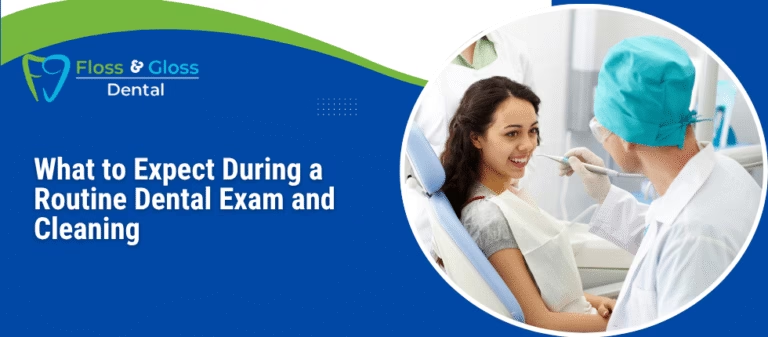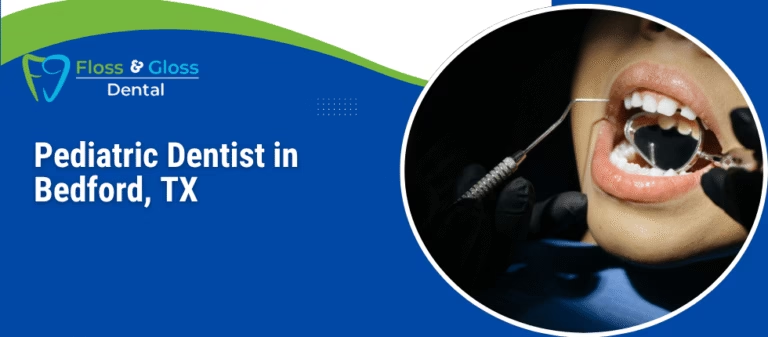If you’ve ever felt a little nervous before a dental appointment—or simply wondered what actually happens during a “routine cleaning”—you’re not alone. Many people aren’t sure what to expect, which can lead to unnecessary anxiety. The good news? A standard dental exam and cleaning is a gentle, preventive procedure designed to keep your smile healthy, bright, and pain-free.
In this guide, we’ll walk you through each step of a typical dental visit so you know exactly what to expect—no surprises, just clear, friendly information.
Why Routine Dental Exams Matter
The American Dental Association (ADA) recommends visiting your dentist every six months for a checkup and professional cleaning. These appointments are essential for:
- Preventing cavities and gum disease
- Catching oral health issues early (like oral cancer or tooth decay)
- Removing plaque and tartar that brushing can’t eliminate
- Maintaining fresh breath and a confident smile
Think of your dental checkup as a “tune-up” for your mouth—just like regular oil changes keep your car running smoothly.
Step-by-Step: What Happens During Your Visit
1. Check-In and Medical History Update
When you arrive, the front desk team will greet you and may ask you to update your medical history. This is important! Conditions like diabetes, pregnancy, or medications (such as blood thinners) can affect your oral health and treatment plan.
2. Dental Hygienist Cleaning
A licensed dental hygienist typically performs the cleaning portion of your visit. Here’s what they’ll do:
- Examine Your Gums: Using a small probe, they’ll check for signs of gum disease (like bleeding, swelling, or deep pockets between teeth and gums).
- Remove Plaque and Tartar: Even with great brushing, plaque hardens into tartar over time—especially near the gumline. The hygienist uses special tools (scalers) to gently scrape it away.
- Polish Your Teeth: A gritty toothpaste and rotating brush smooth your enamel and remove surface stains from coffee, tea, or wine.
- Floss Thoroughly: They’ll floss between every tooth to remove any leftover debris.
- Fluoride Treatment (Optional): Many offices apply a fluoride varnish or foam to strengthen enamel and prevent decay—especially helpful for kids or those prone to cavities.
This part usually takes 30–45 minutes and should feel comfortable. If you experience sensitivity, just let your hygienist know—they can adjust their technique.
3. Dentist Examination
After your cleaning, the dentist performs a comprehensive exam, which includes:
- Checking for Cavities: Using a mirror and explorer tool, they look for soft spots or discoloration that may indicate decay.
- Evaluating Existing Restorations: Fillings, crowns, or bridges are inspected for wear or damage.
- Oral Cancer Screening: The dentist examines your tongue, cheeks, throat, and neck for lumps, sores, or unusual patches—a quick but vital step.
- Assessing Bite and Jaw Health: They’ll check for signs of teeth grinding (bruxism), TMJ issues, or misalignment.
- Reviewing X-Rays (if taken): Bitewing X-rays (usually every 1–2 years) help spot hidden problems between teeth or below the gumline.
4. Discussion and Personalized Advice
Your dentist will share their findings and may recommend next steps—like a filling, deeper cleaning (if gum disease is present), or simply continuing your great home care. They’ll also offer tailored tips, such as:
- Switching to a soft-bristled toothbrush
- Using an antibacterial mouthwash
- Improving flossing technique
- Addressing dry mouth or sensitivity
This is your chance to ask questions! Wondering about whitening? Curious about Invisalign? Now’s the time.
How to Prepare for Your Appointment
To make your visit as smooth as possible:
- Brush and floss beforehand (dentists appreciate it, but don’t skip your appointment if you forget!).
- Bring your dental insurance card and a list of current medications.
- Note any concerns—tooth pain, sensitivity, bleeding gums—so you don’t forget to mention them.
- Arrive a few minutes early to complete paperwork if it’s your first visit.
Is It Supposed to Hurt?
A routine cleaning should not be painful. You might feel slight pressure or tickling, especially if you have sensitive gums, but it shouldn’t hurt. If you have dental anxiety or a strong gag reflex, tell your team—they can use numbing gel, offer nitrous oxide (laughing gas), or break the appointment into shorter visits.
How Often Should You Go?
Most people need a dental exam and cleaning every six months. However, if you have gum disease, diabetes, or a history of frequent cavities, your dentist may recommend visits every 3–4 months.
Final Thoughts
A routine dental exam and cleaning is one of the simplest yet most powerful things you can do for your overall health. Not only does it keep your teeth strong and your breath fresh, but it also helps prevent serious (and costly) problems down the road.
So take a deep breath, schedule that appointment, and walk in knowing exactly what to expect. Your future self—and your smile—will thank you.


